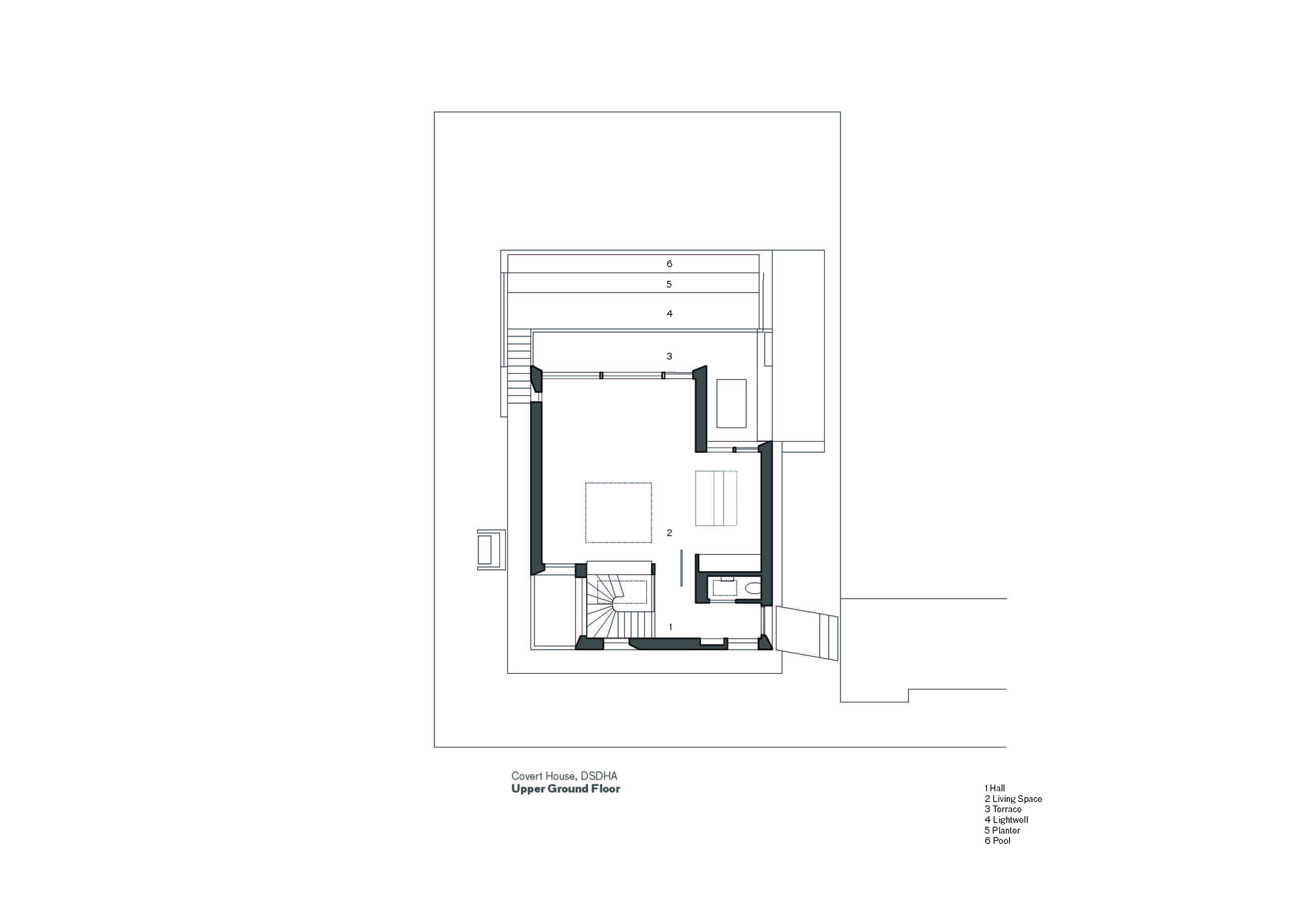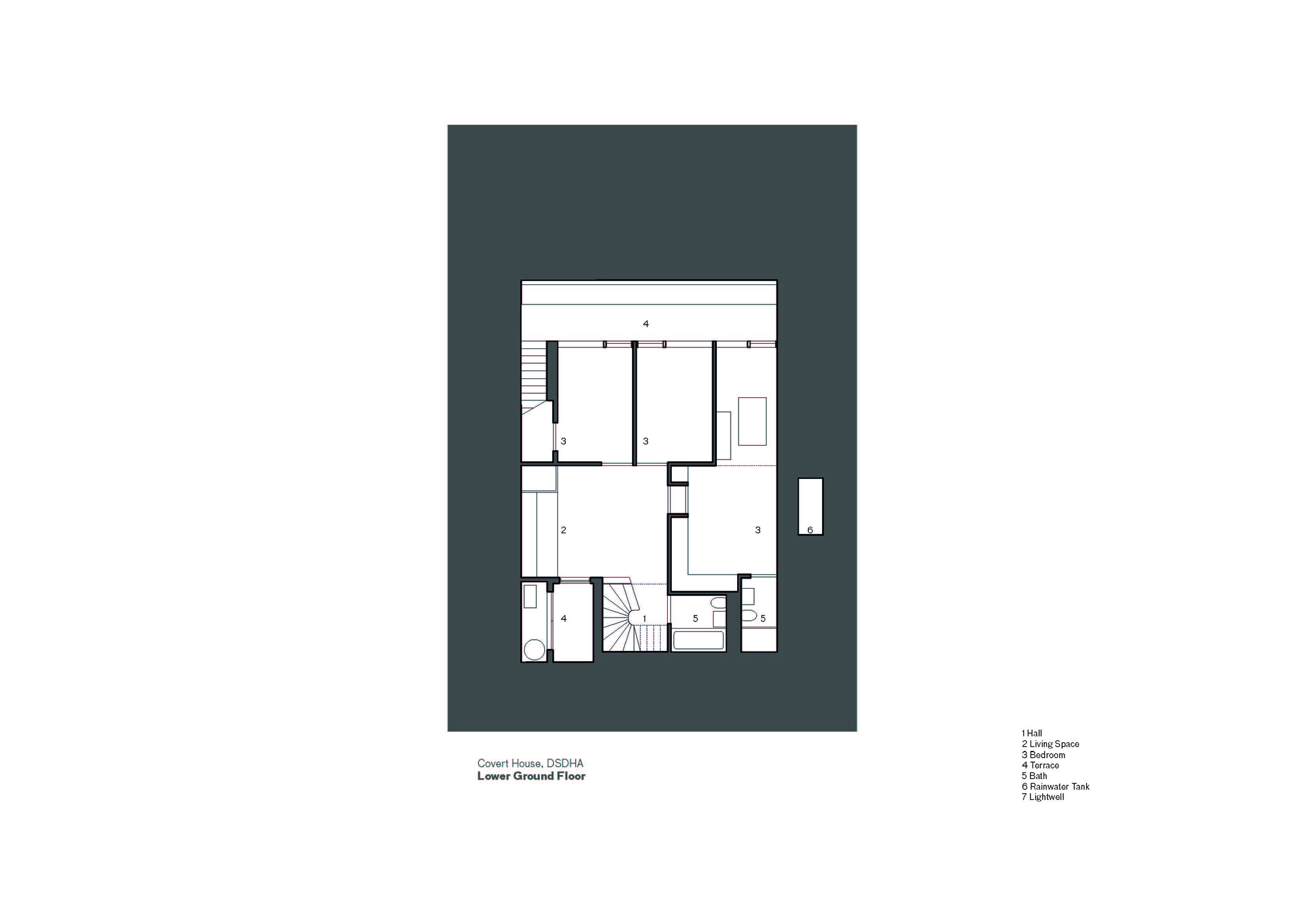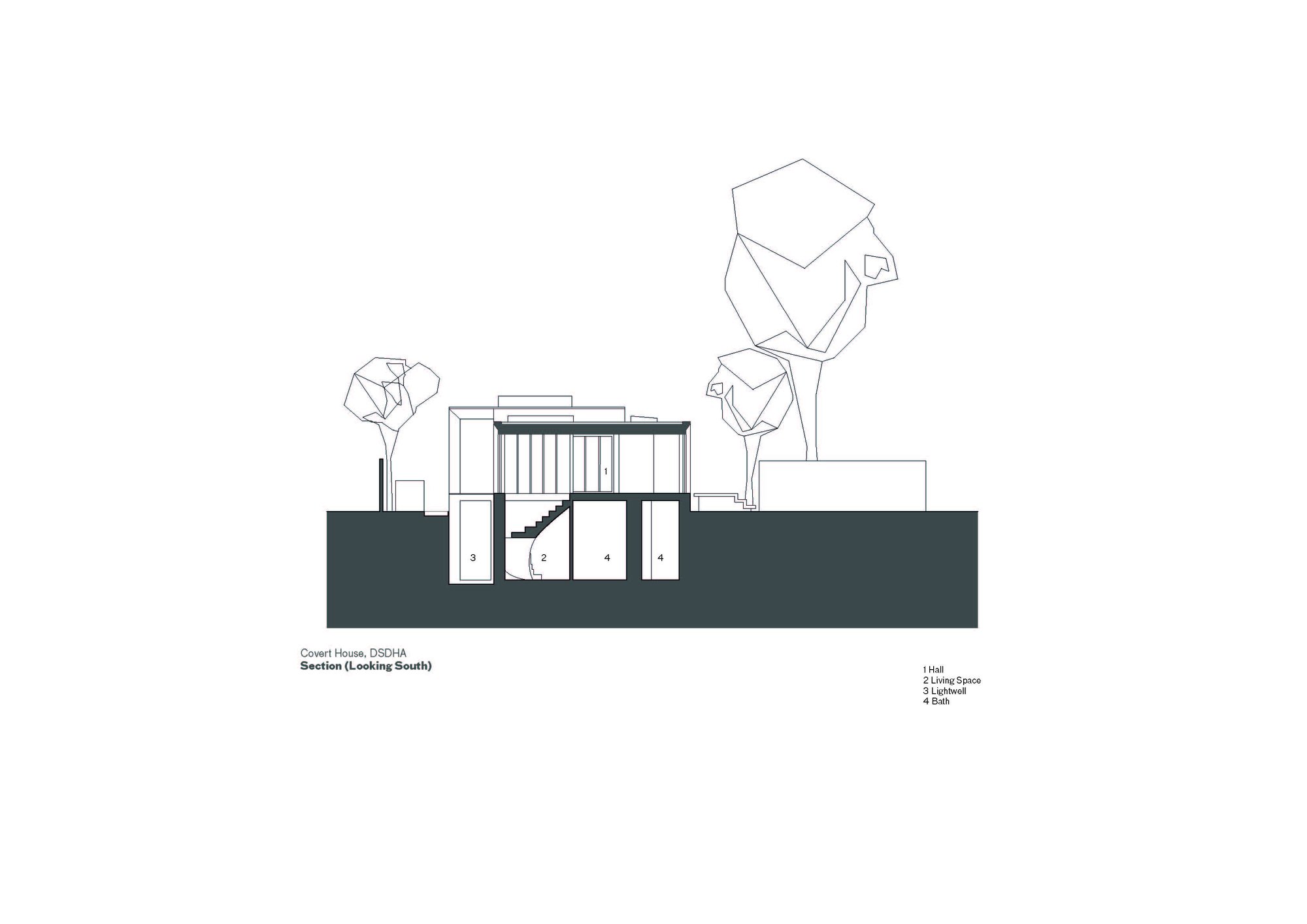This modern 1,453-square foot home is located in Clapham, London, United Kingdom, and it was designed by DSDHA. It was dubbed Covert House, and it was built on a scenic site surrounded by old trees and beautiful gardens. The residence proves that London’s citizens can still live close to the city’s historic core even though multiple low-density backlands are usually marked for preservation. The house was built using a limited material palette, with concrete being the predominant choice.
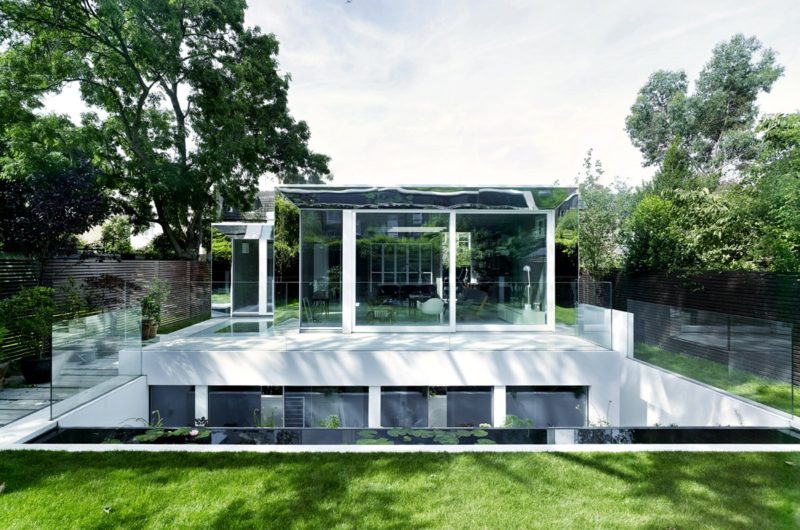
Sustainability was a very important part of the design, and so the house benefits from ample amounts of natural light and employs passive heating and cooling solutions. In order to limit its height and to provide thermal mass, the architects partially submerged the residence into the ground. The lower floor features lightwells, while an elegant, white concrete staircase creates a connection between the lower and the upper living spaces.
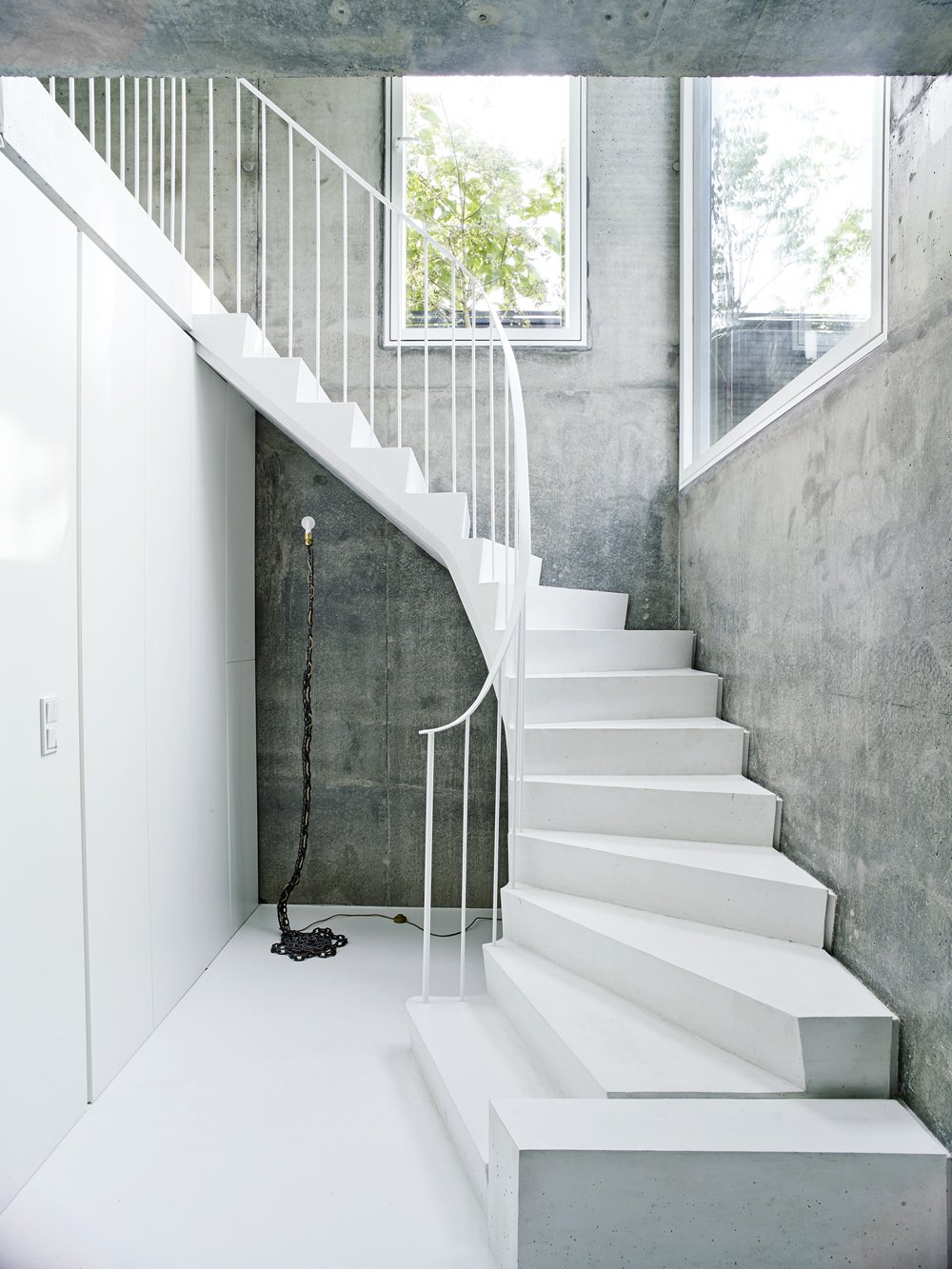
The Covert House is truly an amazing place to come home to, which is probably why it has been considered for an RIBA London Award in 2015.

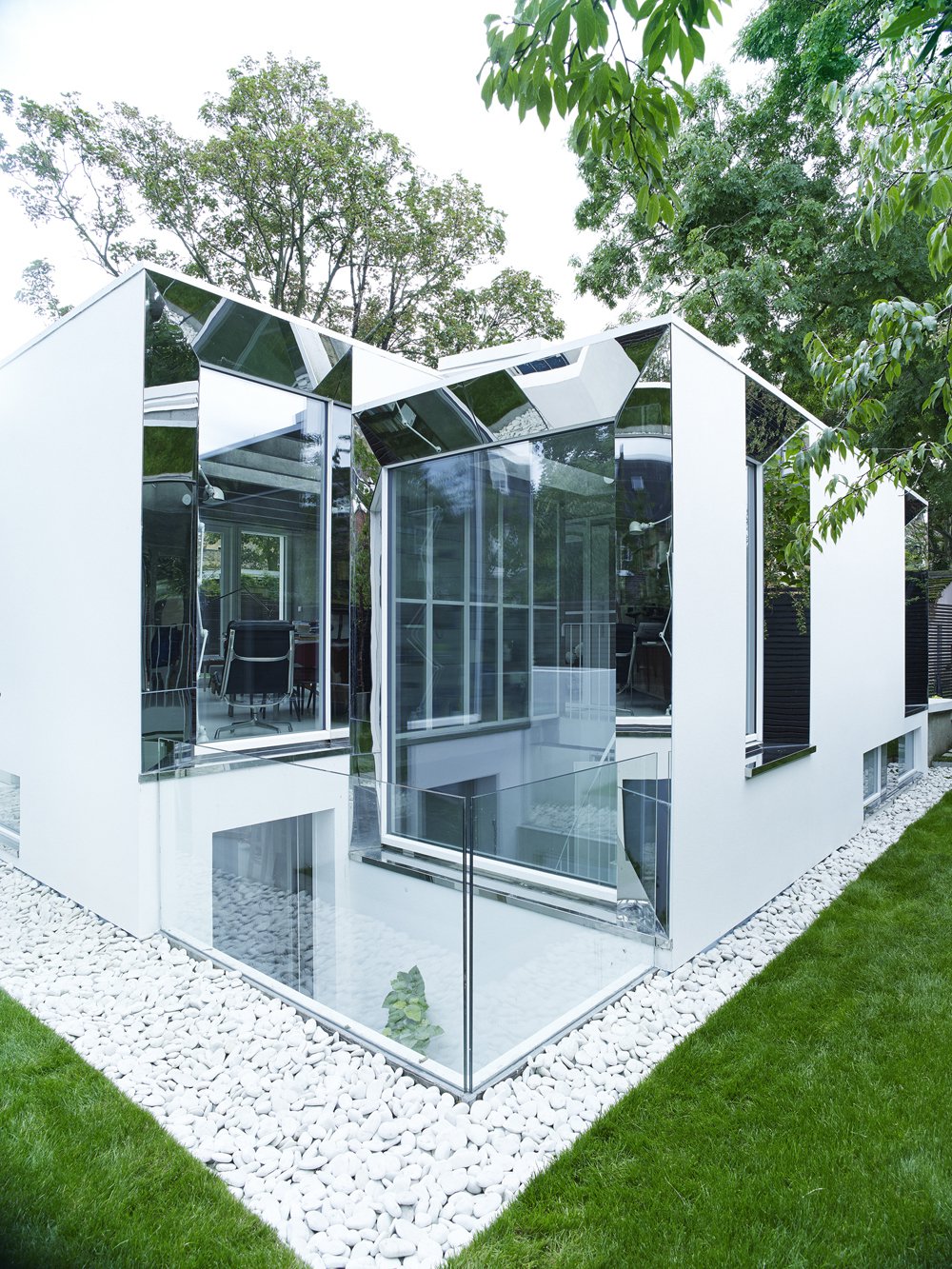
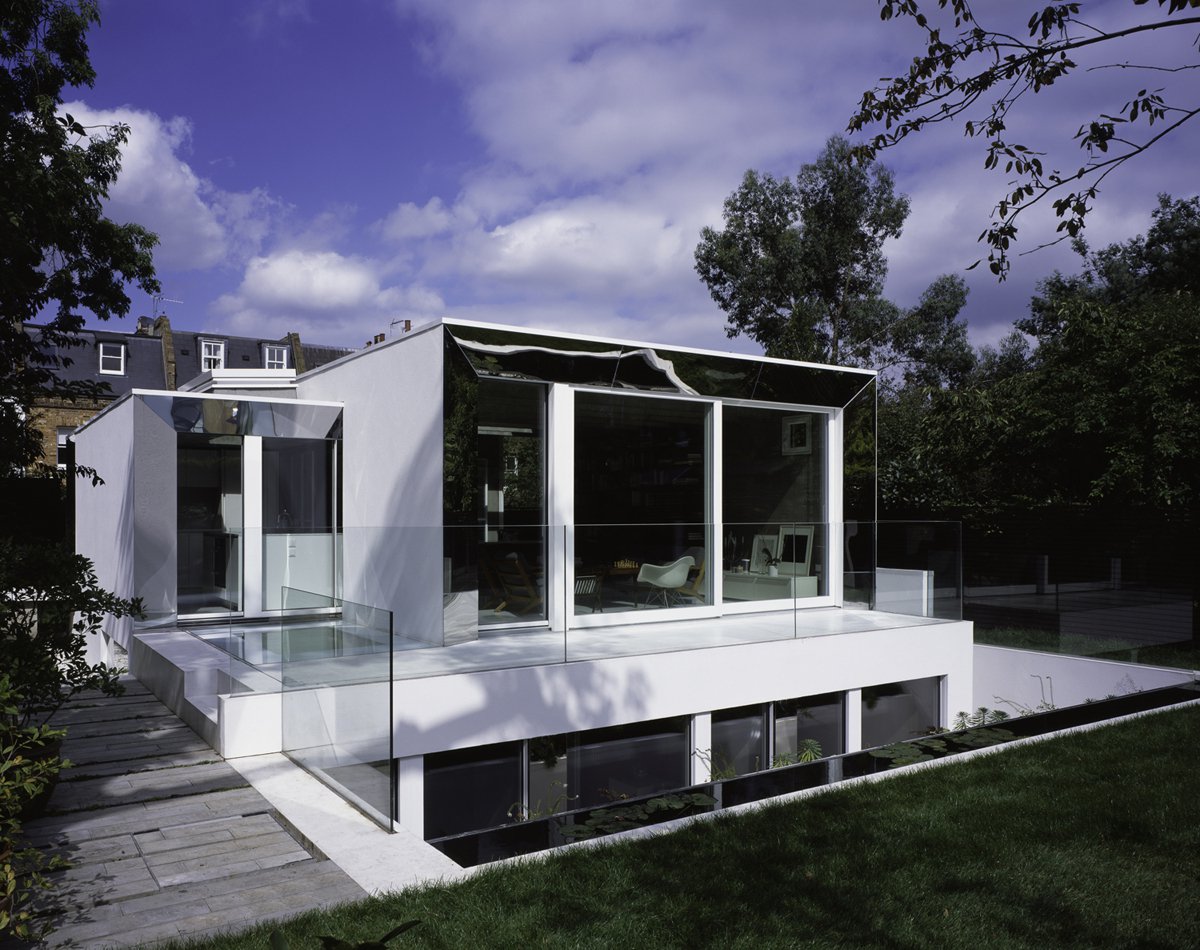
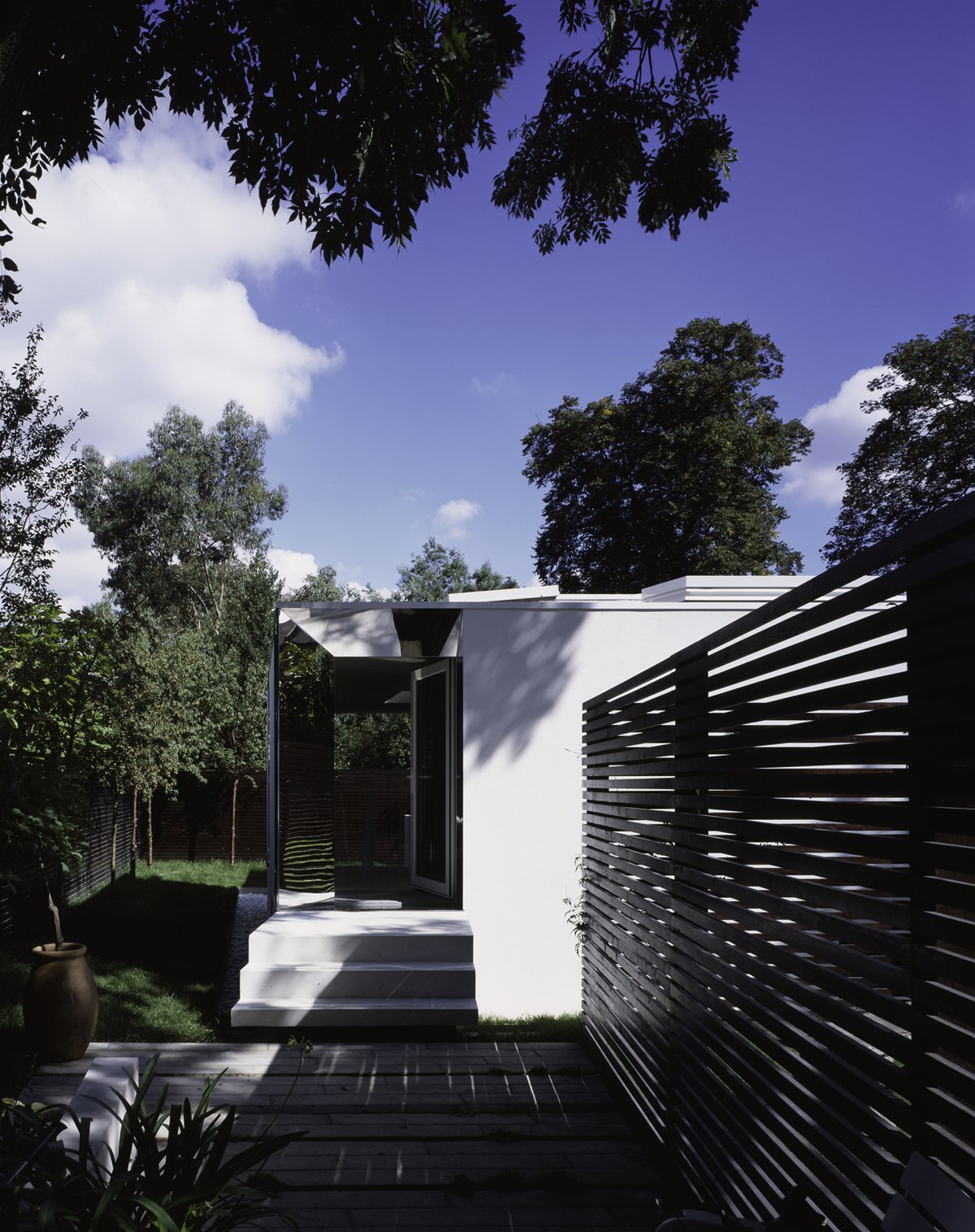
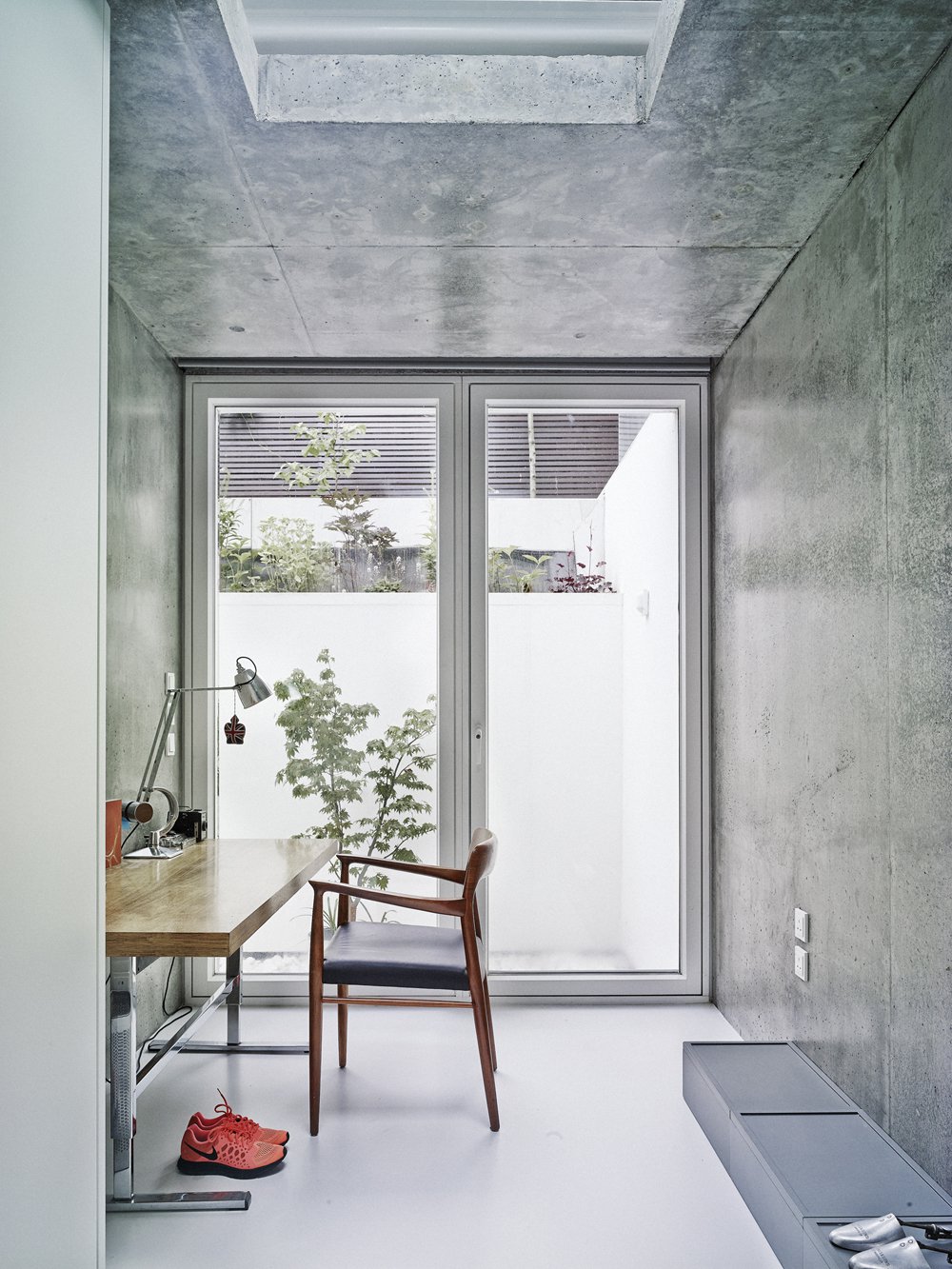
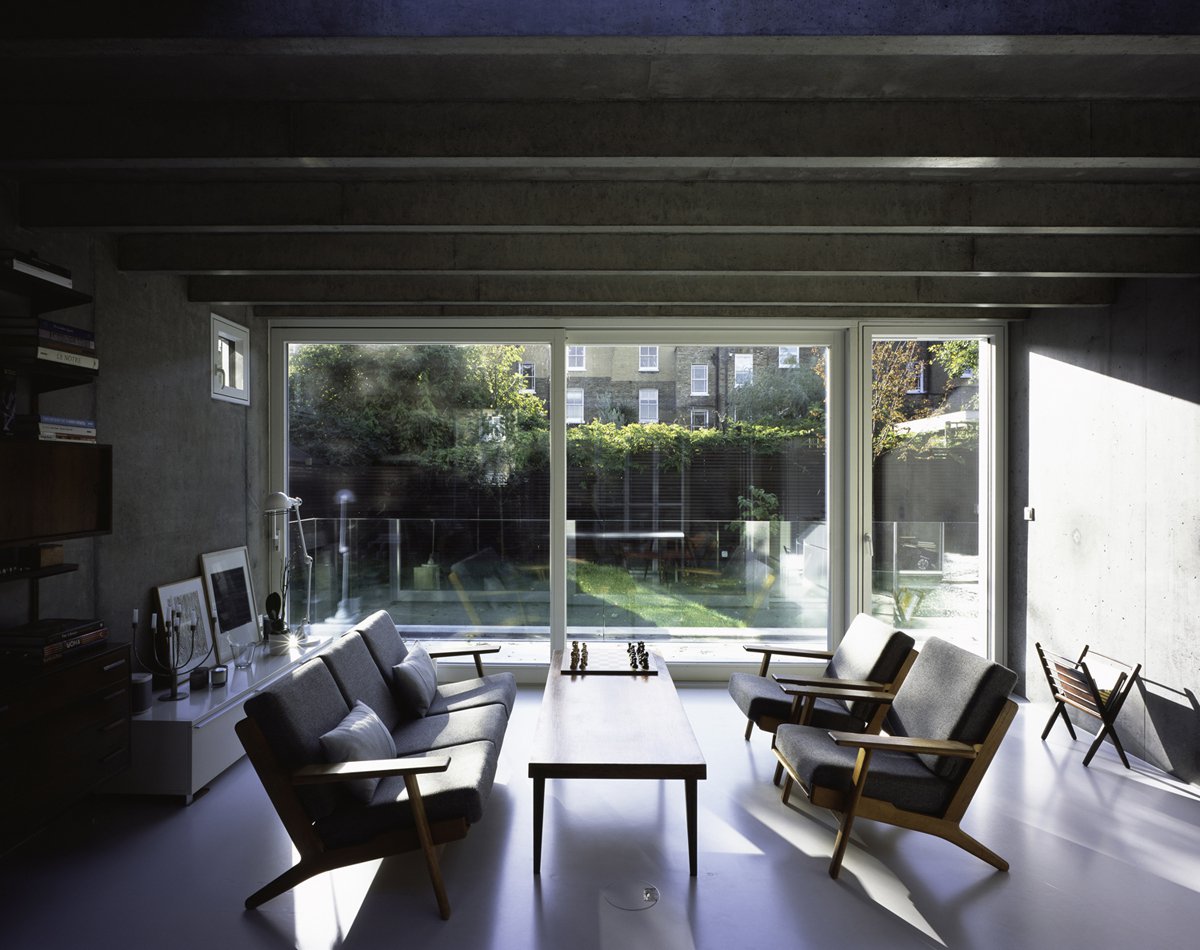
From the architect:
DSDHA has completed a family home, known as the Covert House, which lies hidden from view in the heart of a conservation area in Clapham Old Town, London. Set in a pastoral landscape of mature trees and gardens, the house acts a case study for testing several hypotheses. These span from interrogating the idea of the ‘domestic’ at the beginning of the twenty-first century, through to how sustainability might be integrated into high quality design without compromise. In addition, at a strategic urban scale it asks how a global city like London might provide new housing within its fiercely defended low-density backlands, close to the historic centre.
As a modest family home, the house is designed with a few simple rules; to use the most sustainable design principles possible whilst deploying a limited material palette, yet creating a sense of domesticity within a concrete armature, that does not disturb its sensitive setting and the 23 neighbouring properties adjoining the site. Materials are either concrete – cast on site, left raw and unfinished, or precise and highly articulated – read against ‘whiteness’, be it in the form of natural light, controlled and carefully calibrated to bring animation and delight deep into the plan, or represented though the use of white as a finish for all the remaining surfaces beyond the concrete. The resultant design is precise and sculpted; materially rich yet calm as a place in which to live.
Set partially into the ground to limit its height and provide thermal mass, the house has lower floor lightwells and an elegant white concrete stair that effortlessly mediates the spatial experience between levels within a double height space. The clarity of the architecture echoes the carved forms of the artist Chillida, and is predicated on an engagement with craft and specificity, at a time when standardisation and off-site construction are widely promoted. The project represents an insistence on combining everyday needs with a search for new forms of beauty. The house has been shortlisted for an RIBA London Award 2015.
Location: Clapham, London SW4, UK
Design Team: Deborah Saunt, David Hills, Matt Lambert, Emma Canning
Area: 135.0 sqm
Year: 2015
Photographs: Christoffer Rudquist, Helene Binet
Contractor: Whiterock Engineering
Structural Engineer: Price & Myers
Services Engineer: Max Fordham LLP
Enabling Architect: Knox Bhavan
